Trees add beauty, shade, and value to our homes, but sometimes their branches grow beyond property lines, creating challenges for neighbors. Overhanging branches can block sunlight, drop leaves or debris, interfere with power lines, or even pose safety risks. Addressing this issue requires a balance of diplomacy, legal understanding, and practical action. Knowing how to talk to neighbors about overhanging branches can prevent conflicts and maintain a positive relationship while ensuring the safety and enjoyment of your property.
This article provides step-by-step guidance on communicating effectively, understanding your rights and responsibilities, and resolving overhanging branch issues respectfully and legally.
Understanding the Problem
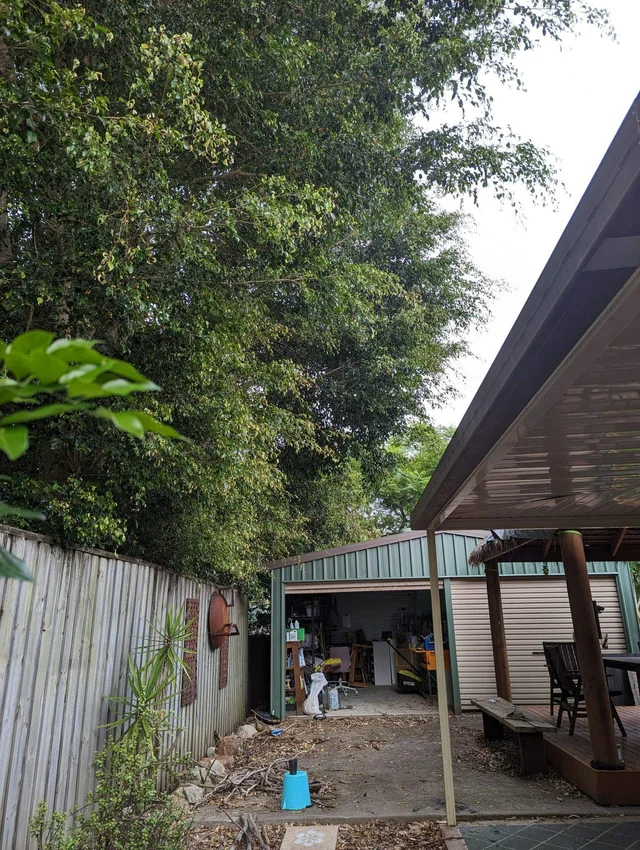
Before approaching your neighbor, it’s important to assess the situation clearly:
- Identify the branches in question – Determine which branches are causing the issue. Are they obstructing light, hanging low, or creating hazards?
- Check property boundaries – Verify which property the tree is on. In most cases, the trunk determines ownership, even if branches extend onto your property.
- Assess safety risks – Consider if the branches pose a danger to people, vehicles, or structures. Safety concerns give more weight to your request.
- Document the issue – Take photos and notes of the overhanging branches and the problems they are causing. This documentation can be useful if disputes escalate.
Know Your Legal Rights and Responsibilities
Property laws regarding overhanging branches vary by region, but some general principles apply:
- Right to Trim Overhanging Branches: In many areas, you have the right to trim branches that extend over your property line, as long as you don’t damage the health of the tree or trespass on your neighbor’s land.
- Responsibility for Damage: You may be responsible for disposing of trimmed branches or ensuring no damage occurs to your neighbor’s property.
- Power Lines and Utilities: Never trim branches near power lines yourself—contact the utility company instead.
- Good Neighbor Practices: Even if the law allows you to trim branches, informing your neighbor first is courteous and helps prevent disputes.
Tip: Research local laws regarding tree ownership and pruning to understand your rights before starting the conversation.
Step 1: Plan Your Approach
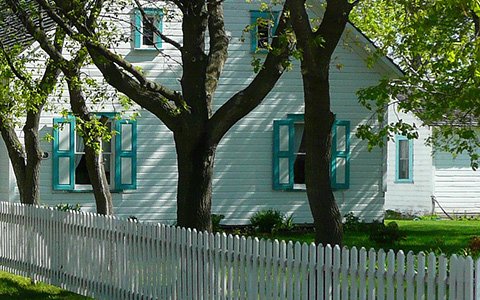
The way you approach your neighbor can determine whether the conversation goes smoothly or becomes contentious.
Consider the Following:
- Timing: Choose a calm, unhurried moment to talk—avoid times of stress or conflict.
- Tone: Approach the issue politely and collaboratively rather than aggressively.
- Prepare Solutions: Think about possible compromises, such as sharing the cost of trimming, hiring a professional, or scheduling work at convenient times.
- Focus on Facts: Keep the discussion about the impact on your property, safety, and mutual benefit rather than personal grievances.
Step 2: Start the Conversation
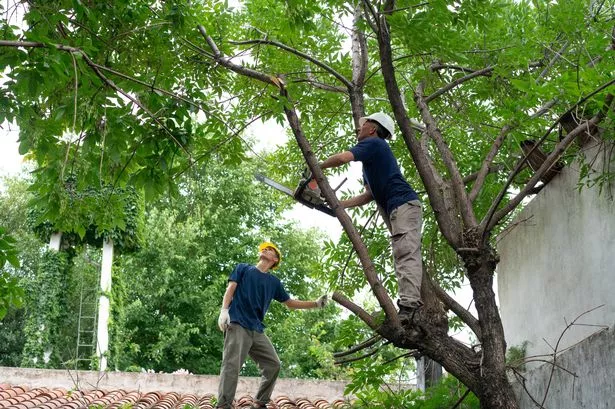
Initiate a friendly, face-to-face conversation if possible. If meeting in person isn’t feasible, a polite letter, email, or phone call works as well.
Sample Conversation Starters:
- “I’ve noticed some branches from your tree are extending over my yard, and I’m concerned about safety and maintenance. Could we discuss how to manage them?”
- “I love the tree in your yard—it’s beautiful. Some of the branches are overhanging my garden, and I wanted to see if we could work out a solution together.”
Key Tips:
- Use “I” Statements: Focus on how the branches affect your property rather than blaming your neighbor.
- Be Calm and Respectful: Avoid accusations; stay constructive.
- Listen Actively: Understand their perspective—they may not even be aware of the issue.
Step 3: Offer Solutions
After addressing the concern, propose practical solutions. Options include:
- Trimming Yourself With Permission – If the neighbor agrees, you may trim overhanging branches, taking care not to damage the tree.
- Hiring a Professional Arborist – For larger or potentially hazardous trees, professional pruning is safer and ensures the tree’s health.
- Sharing Costs – In some cases, splitting expenses for tree maintenance fosters goodwill.
- Scheduling Work Together – Plan the trimming at a convenient time for both parties, minimizing disruption.
- Tree Guards or Supports – For branches at risk of breaking, installing supports or braces may prevent future overhang issues.
Step 4: Follow Up in Writing
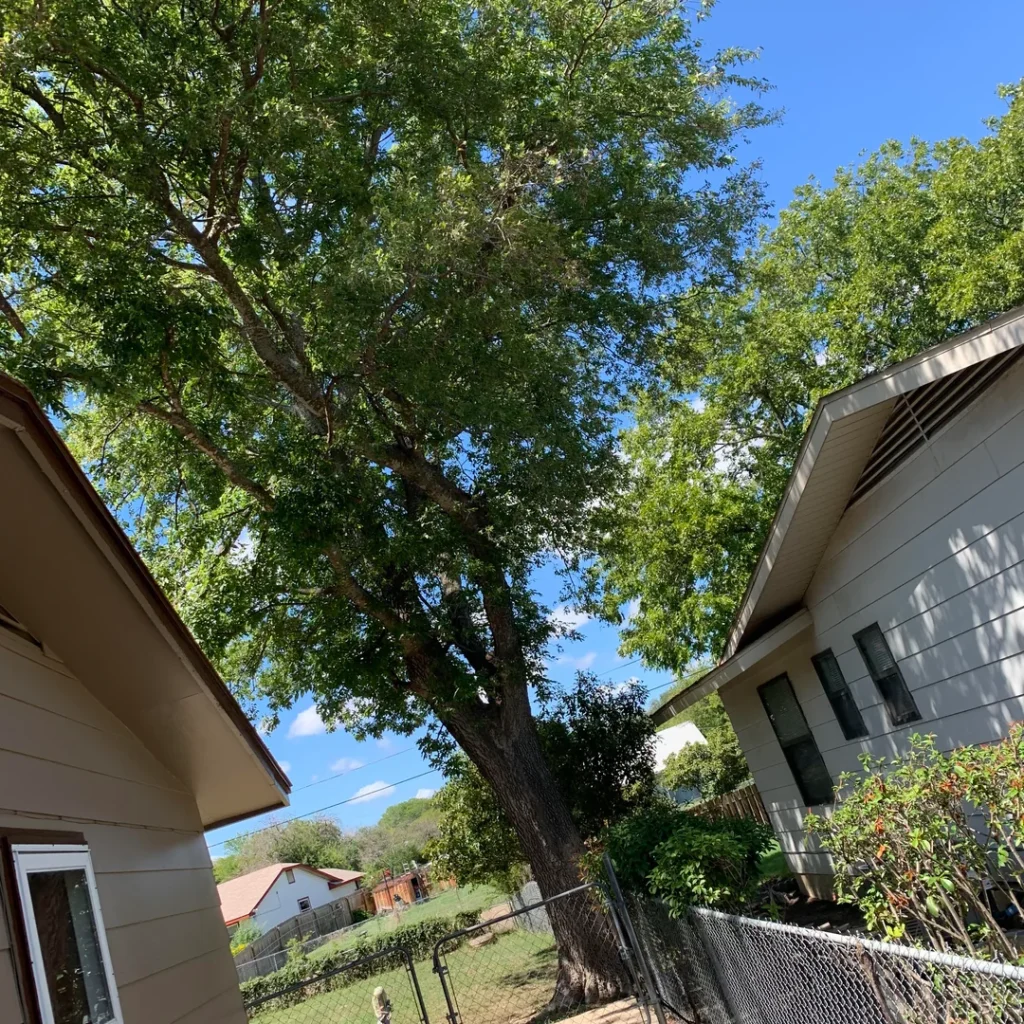
Even after a friendly discussion, it’s wise to confirm any agreement in writing. A simple note or email summarizing the plan can prevent misunderstandings. Include:
- Agreed-upon work (what will be trimmed)
- Timeline for completion
- Responsibilities for disposal or cleanup
- Any shared costs
Having a written record ensures clarity and can be useful if disagreements arise later.
Step 5: Mediation and Legal Options
If your neighbor refuses to cooperate or becomes hostile, mediation or legal channels may be necessary.
Options Include:
- Community Mediation Services: Many cities offer free or low-cost mediation to resolve neighbor disputes amicably.
- Local Tree or Property Regulations: Contact your municipal office to learn about local ordinances regarding tree overhang.
- Small Claims Court: As a last resort, legal action can enforce your right to trim branches or seek damages, though it is usually preferable to resolve matters informally.
Tip: Avoid unilateral action without communication—it can escalate disputes and create legal complications.
Preventing Future Overhanging Branch Issues

Once the immediate problem is addressed, take steps to avoid recurring conflicts:
- Regular Tree Maintenance: Encourage periodic trimming of trees on your property and, if possible, coordinate with neighbors.
- Plant Strategically: Consider planting trees away from property lines to reduce future overhang.
- Boundary Planting: Shrubs, hedges, or small trees along property lines can act as a buffer and reduce disputes.
- Communication Channels: Maintain an open line of communication with neighbors about yard maintenance and shared concerns.
Tips for a Positive Outcome
- Be Patient: Some neighbors may need time to consider solutions.
- Avoid Escalation: Keep the focus on shared benefits and safety, not personal grievances.
- Offer Assistance: Helping with the labor or cost demonstrates goodwill.
- Stay Flexible: Compromise may be necessary; the goal is resolution, not confrontation.
Common Mistakes to Avoid
- Ignoring the Issue – Delaying action can worsen safety risks and property damage.
- Taking Unilateral Action Without Permission – Cutting branches without notifying the owner may strain relationships or violate local laws.
- Being Aggressive or Confrontational – Hostility often leads to conflict rather than resolution.
- Overlooking Legal Rights – Not knowing your property or legal rights can result in disputes or liability issues.
Conclusion
Talking to neighbors about overhanging branches can feel awkward, but it’s a necessary part of responsible homeownership. By approaching the situation with politeness, preparation, and practical solutions, you can protect your property, ensure safety, and maintain positive relationships.
Remember: clear communication, documented agreements, and mutual respect are key. Whether you’re trimming minor overhangs, hiring a professional arborist, or establishing a long-term maintenance plan, handling the situation thoughtfully ensures that both you and your neighbor benefit.
With patience and diplomacy, overhanging branches don’t have to be a source of conflict—they can become an opportunity to strengthen neighborly trust and cooperation.
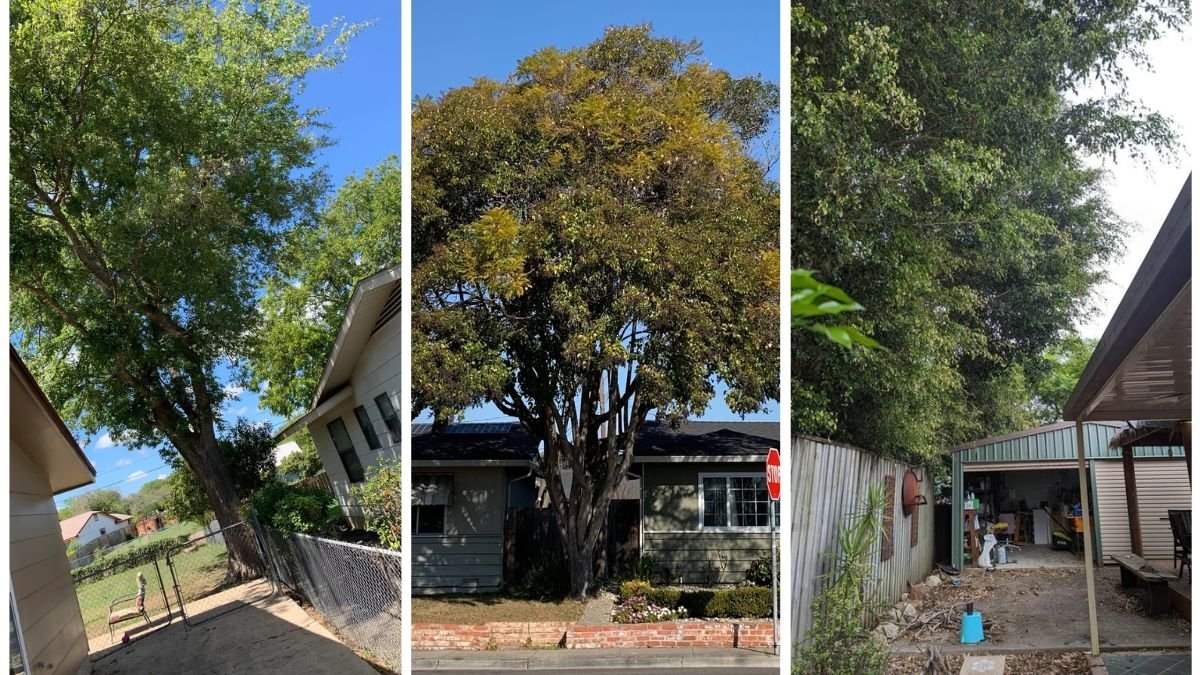
Leave A Comment